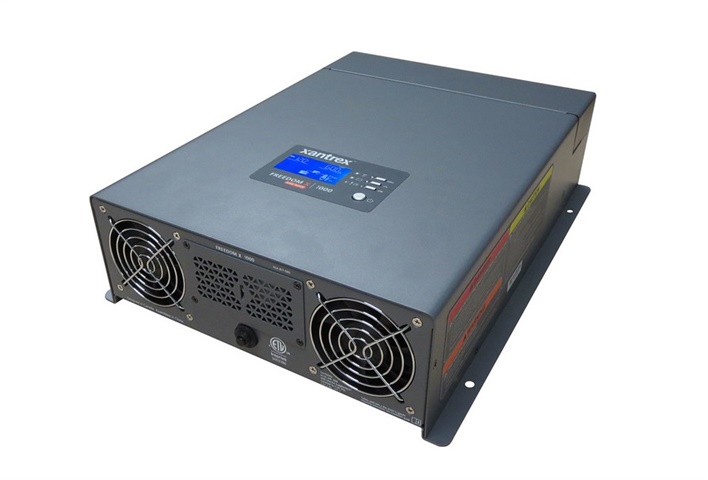Economic Watch: Employment Surges, Exports Highest in 2+ Years

Employers in the U.S. continued adding a strong number of jobs in July, while separate reports show better exports and factory orders.
Overall 209,000 non-farm jobs were added during the month, according to the Labor Department. That was more than many analysts were expecting and pushed the nation's unemployment rate down to 4.3%, matching a 16-year low hit in May. June's 222,000 gain was revised up to 231,000 while May was cut from 152,000 to 145,000.
The biggest job gains during July occurred in food services and drinking places, professional and business services, and health care.
Employment growth has averaged 184,000 per month so far this year, in line with the average monthly gain in 2016 of 187,000.
The for-hire trucking industry added 400 jobs in July and 7,900 so far this year. During July the wider transportation and warehousing sector added nearly 1,000 jobs, pulled down by the loss of 2,200 jobs in the warehousing and storage sector. In contrast, support activities for transportation increased by 1,700 jobs, while the couriers and messengers sector added 3,200.
Tightening labor markets had been putting upward pressure on wage inflation through 2015 and 2016, however, data so far this year show wage gains flattening out at around 2.5% which matches the 2016 increase and compares to increases of 2.3% and 2.1% in 2015 and 2014, respectively, according to Paul Ferley, assistant chief economist at RBC Economic Research.
“Confirmation that labor markets are approaching full employment is expected to warrant the Federal Reserve continuing to withdraw current stimulative monetary conditions,” he said. “Though tightening labor markets will eventually return wage inflation to an upward trend, in the interim, the absence of wage pressure will keep the pace of tightening gradual.”
The government report follows one on Wednesday by payroll processor ADP which showed 178,000 private sector jobs were added in ...Read the rest of this story









